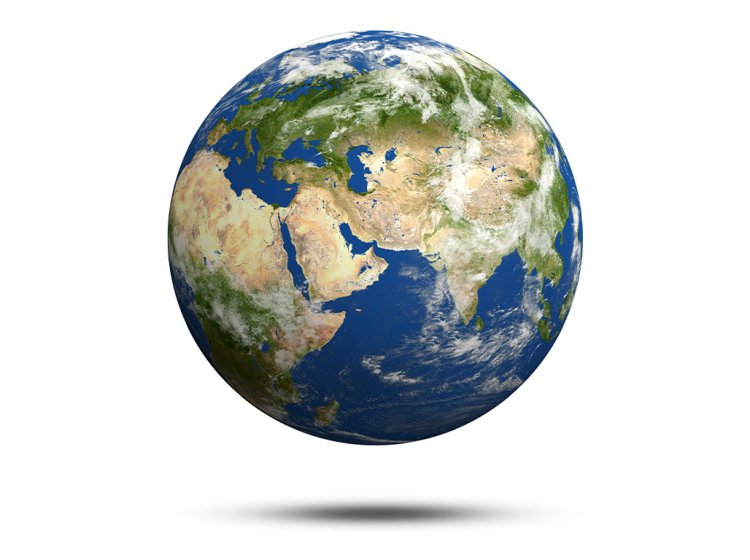On September 13, 1745, the first official atlas of the country was published in Russia. It depicted the entire empire with its provinces and borders and allowed people to get an idea of the state. Its full name – Atlas of the Russian; Consisting of nineteen special maps representing the All-Russian Empire with frontier lands; According to the rules of geographical and modern observatories; With the enclosed general map of the great sowing of the Empire / Effort and works of the Imp. Academy of Sciences.
The first official work of the national cartography contained 19 maps of provinces of the empire and a full map of the country. The cartographers had been working on it for over 20 years. The atlas was based on the work of Ivan Kirillov who printed more than 30 maps and several atlases between 1724 and 1737 – these maps were in use, but they did not receive official recognition since they did not reflect the entire territory of the country. The official edition was printed under the leadership of the Secretary of the Academy of Sciences, Ivan Schumacher.
It was the Atlas of Russia that was first accompanied by a legend, a list of symbols that were used on the map. Forty-six symbols were created: towns and villages, ports and monasteries, rapids, steppes, shallows, and marshes. It even included individual wells and springs. The system of symbols depicted the administrative divisions of the country, the water and land relief, and the civil and military infrastructure. The atlas includes thirteen maps of European Russia at a scale of 1 : 1,470,000, six maps of Siberia at a scale of 1 : 3,470,000, and the General Map of the Russian Empire at a scale of 1 : 8,400,000. This edition was extremely popular, and for 20 years onwards, the first edition was constantly reprinted. These editions were published in Russian, Latin, German, and French. The maps were engraved on copper and hand-colored with watercolor.
The atlas was the pinnacle of geographical skill of the middle of the 18th century, but, nevertheless, it had plenty of mistakes as well. The publication did not include the discoveries of the second Kamchatka expedition of 1740–1742, which took place under the leadership of Vitus Bering, nor maps sent from the Urals by the scientist Vasily Tatishchev; many mistakes concerned the Siberian territories.
Over time, Russia started to produce more advanced atlases, which were based on new research and took into account past mistakes. The Russian atlas of 1792 contained 44 maps of vicegerencies and a full map of the country, and the “Detailed Atlas of the Russian Empire...” of 1876 included separate thematic maps, such as administrative, orographic, and ethnographic.
Photo: 1xpert / ru.123rf.com






















